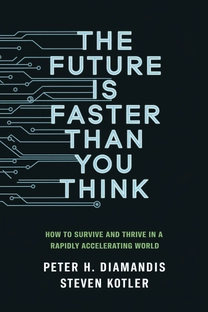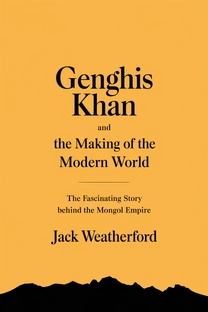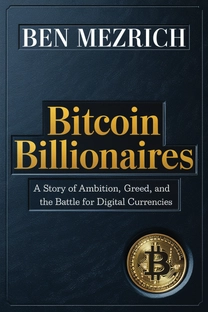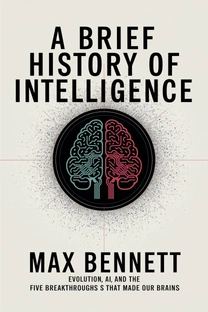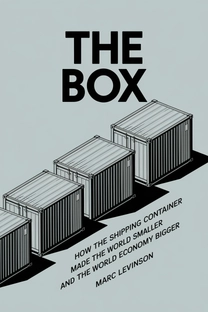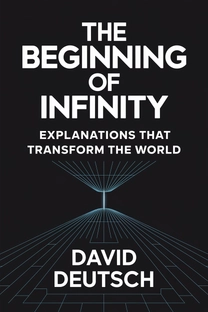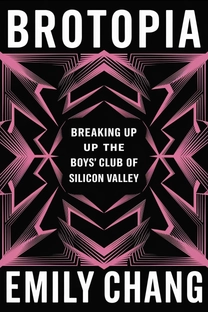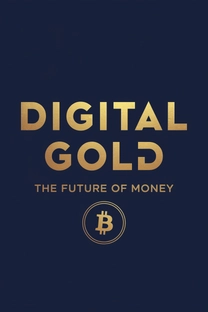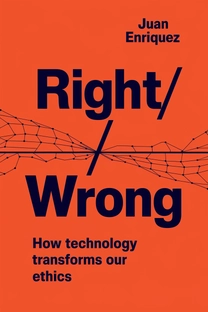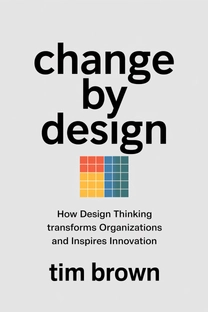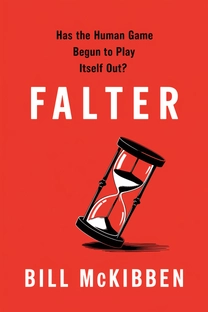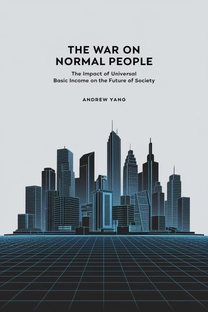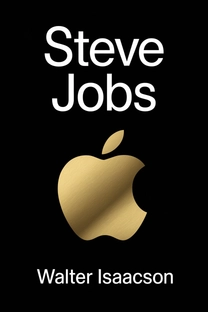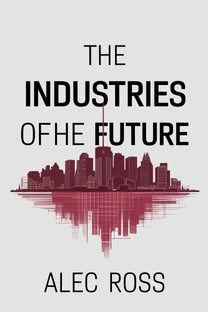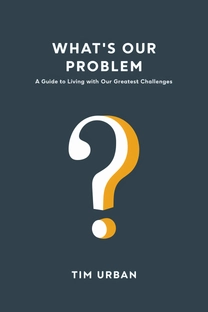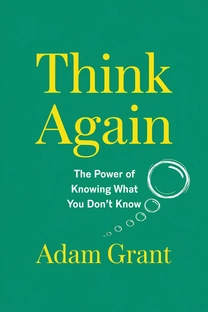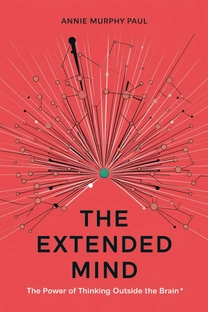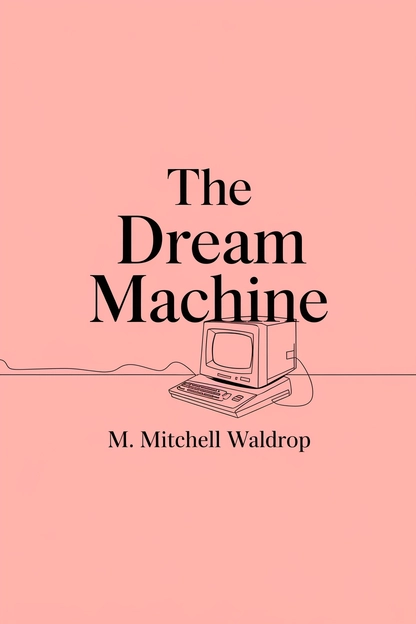
The Dream Machine
by M. Mitchell Waldrop
Brief overview
This book delves into the revolutionary ideas that shaped modern computing and networking, revealing how visionaries worked tirelessly to transform massive mainframes into personal and interactive devices. It shows how creative thinkers, well-placed funding, and a desire for human-computer synergy propelled the development of time-sharing, ARPANET, and eventually, personal computers.
Introduction
Computing in the mid-twentieth century was shaped by monumental machines that filled entire rooms. Despite their promise, they alienated everyday users who needed more intuitive access. In this narrative, we see a pivotal shift in how researchers envisioned computers: no longer mere number-crunchers, but vital tools for work and creativity.
This journey starts at research hubs that questioned the status quo. They asked: “What if we design systems around people rather than forcing people to adapt to machines?” That question lit the path for interactive computing, a concept few believed was possible.
Opening scenes unfold with pioneering work on early projects like SAGE, leading to an explosion of ideas about sharing computer resources remotely. In the face of skepticism, strategists and dreamers alike set in motion a revolution that still resonates today.
As we travel through these pages, you’ll meet the thinkers, funders, and inventors who saw glimpses of a world where computing served humanity—sparking collaborations and breakthroughs that changed our lives.
The Rise of Big Machines
Early computers were massive contraptions funded largely by military needs. They were so large and unwieldy that only a handful of universities and government labs afforded them. The guiding principle was sheer computational power for tasks like ballistics or codebreaking.
At that time, the concept of sharing these expensive resources was basic: jobs were processed in batches, maximizing machine time. But few considered the human cost of such rigid workflows—programmers often waited hours just to see a single error message.
Organizations like MIT’s Lincoln Laboratory and IBM further developed these early machines, honing the reliability and speed of vacuum-tube circuitry. Yet everyday users remained sidelined, with no practical way to interact in real time.
This culture of batch processing set the stage for inventors to wonder: “Could computers be more than computational engines? Could they respond directly to human input, fostering immediate feedback?”
What is The Dream Machine about?
"The Dream Machine" by M. Mitchell Waldrop is a compelling exploration of the visionary minds and groundbreaking developments that forever changed the landscape of computing. This authoritative narrative captures the pivotal shift from the era of monumental mainframes to the dawn of personal computing, shedding light on how innovative thinkers and strategic funding catalyzed a technological renaissance. Born out of necessity and driven by a desire for human-computer synergy, these machines are now indispensable in our work and lives.
The book chronicles how strategic experimentation at leading research institutions sparked the moving away from batch-oriented processing to the flexibility and creativity that time-sharing and ARPANET introduced. It underscores the influential role of government backing and pioneering figures like J.C.R. Licklider, who advocated for designing technology with human psychology in mind. Readers gain insightful perspectives on how fervent advocates overcame countless barriers to establish the interconnected digital landscape we navigate today.
"The Dream Machine" stands out not only as a history of technology but as a guide on what can be achieved when passion, determination, and collaborative effort converge. It offers readers an in-depth understanding of how these foundational technologies were more than mere innovations—they were catalysts for a revolution that continues to evolve, impacting society and way of life on a profound scale.
Review of The Dream Machine
"The Dream Machine" is a masterful recounting of an era that reshaped computing and networking as we know it. At its core, the book excels in detailing the extraordinary talents and enormous ambitions of pedigree researchers who aimed to transform computing during the twentieth century. Waldrop's narrative prowess is evident in his attention to the tapestry of human creativity interwoven with technical achievement. A strength of this volume lies in its ability to weave a cohesive story while bringing vibrancy to the trails blazed by various teams and visionaries.
Practical takeaways from the book are plentiful, particularly in understanding the nuances of technological collaboration and how breakthroughs happen at the intersection of interdisciplinary work. Waldrop delves into the structure and impact of time-sharing, ARPANET, and personal computing's ascendancy with clear, engaging prose--making complex subjects comprehensible even for the lay reader. His writing accessible, yet substantial, he captures the dynamic tension between innovation approaches and organizational inertia masterfully.
This book will resonate deeply with technology enthusiasts, professionals in the computing industry, and anyone interested in the intersections of innovation and societal transformation. Recommended for readers who want to explore the past to better understand the modern digital era, "The Dream Machine" reveals the boundless potential of human ingenuity when tools are developed to serve humanity's aspirations. A must-read for those inspired by stories of technological triumph!
Who should read The Dream Machine?
- **Tech Enthusiasts** - This group will gain insights into the historical roots of modern computing and networking, allowing them to appreciate contemporary advancements.
- **Industry Professionals** - From IT experts to software developers, understanding the field's history can spark inspiration and innovation in their current work.
- **Historians** - Those interested in the history of technology will find a well-researched account that charts a seminal period in the digital revolution.
- **Students of Computer Science** - Aspiring technologists will benefit from understanding the origins and evolution of personal computing and networking.
- **General Readers Interested in Innovation** - If you're curious about breakthroughs that redefined how society interacts with computers, this book offers engaging narratives and lessons.
About the author
Book summaries like The Dream Machine
Why readers love Mindleap
10-Minute Book Insights
Get the core ideas from the world's best books in just 10 minutes of reading or listening.
Curated For You
Discover your next favorite book with personalized recommendations based on your interests.
AI Book ExpertNew
Chat with our AI to help find the best book for you and your goals.
Reviews of MindLeap
Love how I can get the key ideas from books in just 15 minutes! Perfect for my busy schedule and helps me decide which books to read in full.
Alex R.
The summaries are incredibly well-written and the audio feature is perfect for my commute. Such a time-saver!
Jessica M.
Great app for personal growth. The insights are clear and actionable, and I love how they capture the essence of each book.
Chris P.
The app is beautifully designed and the summaries are top-notch. Definitely worth every penny!
Sarah K.


